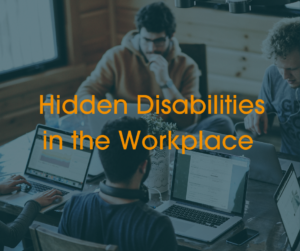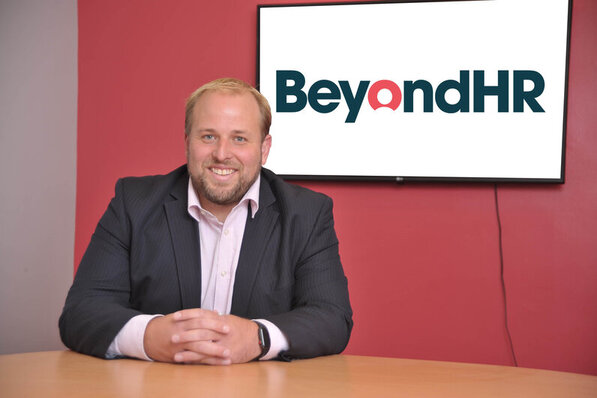International Day of People with disabilities is on happening Friday 3rd December. This day celebrates those with disabilities as well as increasing awareness to those without. Aiming to help people become more considerate alongside providing insights to what people with disabilities face daily.
1 in 10 people in the UK are dyslexic whilst 1 in 7 are neurodiverse. We are seeing more people entering the workforce with a hidden disability, such as dyslexia or ADHD.
Companies should consider providing more support for people with disabilities, helping them to start and stay in the working environment. The National Disability Strategy is aiming to do this, from altering access to work and distributing best practice to employers to encourage more people with disabilities in the workforce.
Employers should ensure their work environment and culture has:
- Equal work opportunities
- Developed an employee awareness of hidden disabilities
- Policies in place to prevent disability discrimination
Adapting the workplace for those with hidden disabilities
Creating a supportive and inclusive culture goes a long way in supporting those with dyslexia or ADHD. Adaptions to policies are necessary to ensure inclusivity for these employees. Employers need to adjust their thinking to remove any stigmas or opinions developed of those with hidden disabilities.
Dyslexia impacts a person ability to process normal daily tasks, simple instructions including left and right may be confusing. Employers should take steps ensuring to utilise the employees’ strengths alongside supporting their ‘weaknesses’. For example, increasing their verbal communication, following up with detailed actions and incorporating colours to highlight important data.
Similarly, to ADHD, those with dyslexia may find it difficult to focus on particular tasks for long periods of time. Policies which allow employees to have more frequent breaks to help in long term productivity are beneficial. ADHD and Dyslexic individuals can be highly creative and innovative, so allowing them freedom to explore new processes or suggestions can make them feel more valuable to the company.
Businesses have a duty of care; it may be beneficial for employers to research hidden disabilities further to fully understand the extent of the employee’s disability helping to be more accommodating and compassionate to daily struggles of ADHD and dyslexic people.
Action on Disability
Action on disability is holding a talk on ‘Leadership and participation of disabled people’ Friday 3rd December 3pm- 4.30pm, celebrating Disability History month and international day of disabled people.
Employers must remember that managing diversity and developing an inclusive culture should be continually monitored and improved as it is not a one-off initiative. All employees in the workplace have a responsibility to ensure all individuals in the working environment are treated with respect however, eliminating discrimination and ensuring equal opportunities falls to the managers and supervisors. Our HR specialists are available for advice on disabilities in the workplace.












